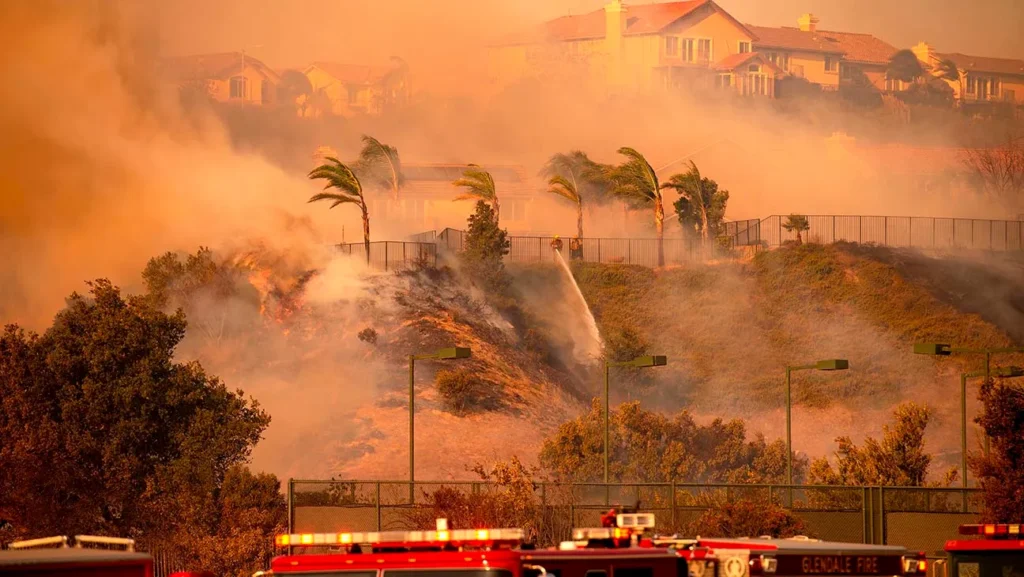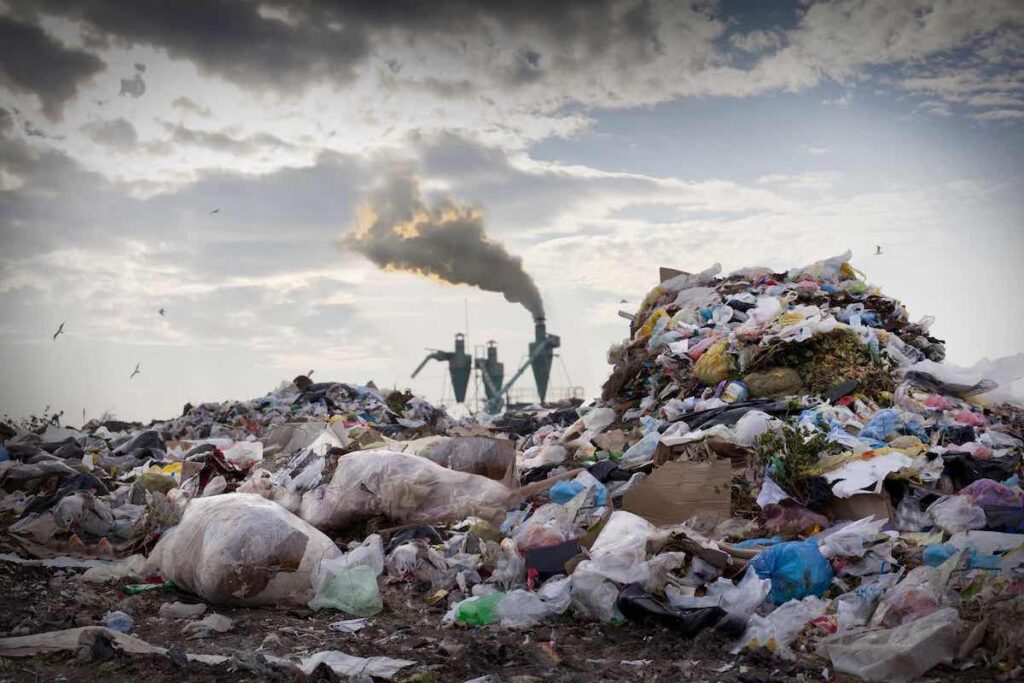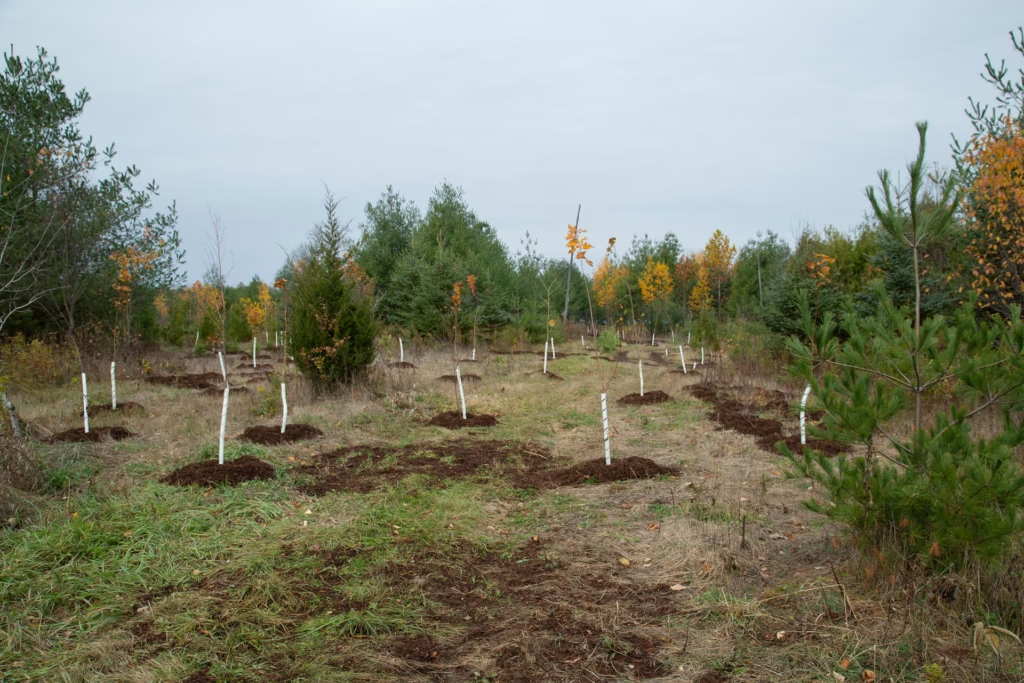The Sylmar Fire: A Look Back at Its Impact and Legacy

The Sylmar Fire, also known as the Sayre Fire, stands as one of the most devastating wildfires in the history of California. This destructive blaze broke out on November 14, 2008, in the Sylmar neighborhood of Los Angeles, leaving a trail of destruction and forever changing the lives of those affected. Here’s a detailed look at the fire’s origins, impact, and the lessons learned from this tragic event.
Origins of the Sylmar Fire
The Sylmar Fire ignited under conditions that were tragically familiar to California: dry vegetation, strong Santa Ana winds, and low humidity. These factors combined to create the perfect storm for a fast-moving wildfire. The fire quickly spread across the San Fernando Valley, consuming thousands of acres within hours.

The Damage and Destruction
The Sylmar Fire burned through 11,262 acres, destroying over 600 structures, including more than 480 mobile homes in the Oakridge Mobile Home Park. This made it the most destructive wildfire in Los Angeles County’s history at the time in terms of structures lost. Hundreds of families were displaced, and the total cost of damages was estimated at $160 million.
Human and Environmental Impact
While no fatalities were directly attributed to the fire, the emotional toll on the affected residents was immense. Families lost their homes, pets, and cherished belongings, facing the daunting task of rebuilding their lives.
Environmentally, the fire caused significant damage to local ecosystems. Native plants and wildlife were severely impacted, and it took years for the affected areas to recover. Additionally, the fire’s smoke contributed to air pollution, posing health risks to residents in the surrounding areas.

Response and Containment
Over 2,000 firefighters were deployed to battle the Sylmar Fire, supported by air tankers and helicopters. Despite their valiant efforts, the intense winds and dry conditions made containment challenging. It took several days to bring the fire under control.
Evacuations were ordered for thousands of residents, and emergency shelters were set up to provide temporary housing. The swift response from firefighters and emergency services was instrumental in preventing loss of life.
Lessons Learned
The Sylmar Fire highlighted the importance of wildfire preparedness in high-risk areas. In the years following the fire, significant efforts were made to improve fire prevention and response measures:
- Vegetation Management: Stricter building codes and fire-resistant materials were mandated for homes in wildfire-prone areas.
- Vegetation Management: Increased focus on clearing dry brush and maintaining defensible space around properties.
- Emergency Alerts: Improved systems for notifying residents of evacuation orders and wildfire risks.
- Community Awareness: Educational programs were launched to teach residents about wildfire preparedness and safety.

The Legacy of the Sylmar Fire
The Sylmar Fire serves as a somber reminder of the devastating power of wildfires. It underscored the need for proactive measures to mitigate fire risks and protect communities. While the scars of the fire remain, the resilience of those affected and the lessons learned continue to shape California’s approach to wildfire management.
As wildfires become more frequent and intense due to climate change, the story of the Sylmar Fire reminds us of the critical importance of preparedness, community solidarity, and ongoing efforts to reduce wildfire risks. By learning from the past, we can build a safer and more resilient future.


